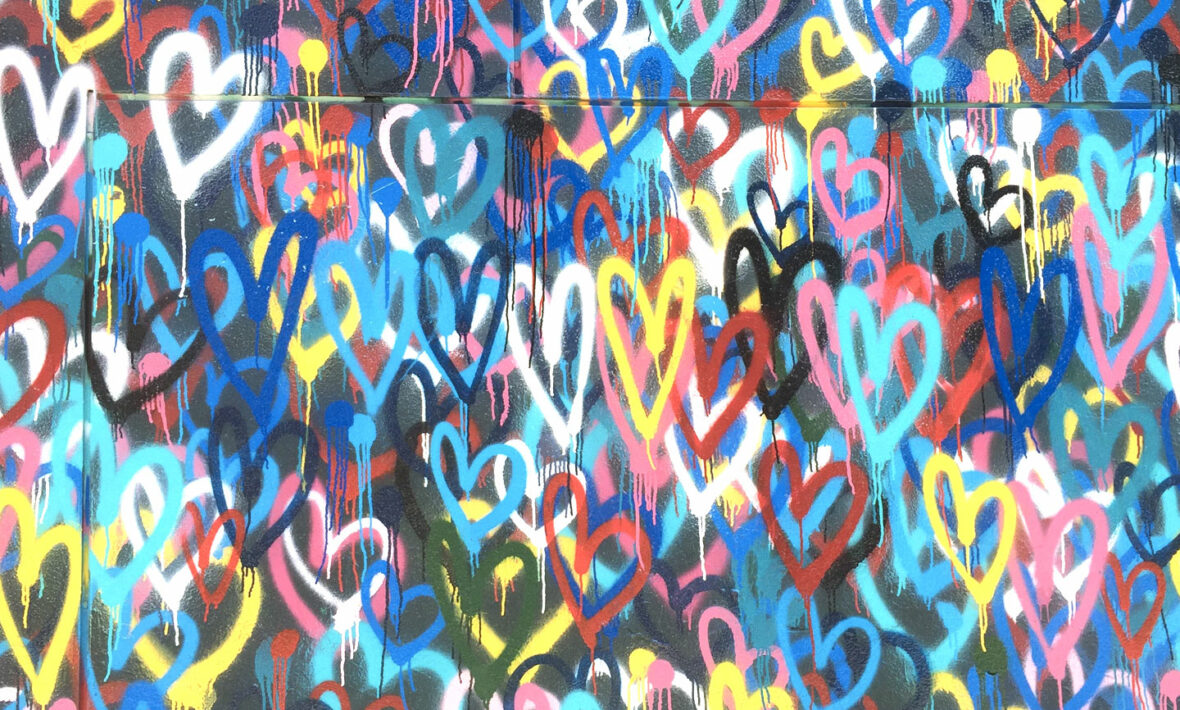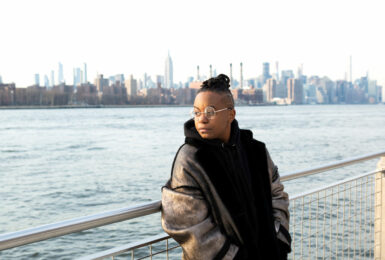
When police raided the Stonewall Inn in 1969, it sparked a global movement towards LGBT visibility that continues on 50 years later. Everything changed on June 28, 1969, when police burst into the Stonewall Inn without a warrant to make arrests for operating without a liquor license. At the time, establishments catering to queer patrons were not eligible for licenses from the NY State Liquor Authority. The Stonewall Riots are a key turning point in LGBT history because it was the first time that LGBT people fought back against the discrimination they were facing.
The very first Pride was a commemoration of the one-year anniversary of the Stonewall Riots and is now a pivotal hallmark of LGBT culture. This year marks the 50th anniversary of the riots and 49 years of pride. Pride celebrations today vary greatly depending on the policies and social acceptance of LGBT people in the local community. New York City Pride is a great case study of how we as a community have grown throughout the last 50 years. We grew from a protest march to an opportunity for visibility, onwards to a sponsored celebration.
Pride, in some ways, mirrors how we as a community view ourselves through the coming out process. As queer people, we start with asking ourselves, “who am I?” before working towards self-acceptance and celebration. Many people in our community also become angry with society’s rejection at some point on their journey towards self-discovery but eventually come to understand how we fit as marginalized people in broader society. All of these stages are a portion of coming to an understanding of who we are as queer people. Our Pride celebrations have come through that same journey. Where someone finds themselves in their process and where they are from, will play a role in selecting the best Pride celebration for each individual.
With 2020 Pride celebrations rescheduled for later on in the year or in 2021, this means we all have more time to plan. Here are a few of the most common forms of Pride to select the best one for your unique journey…
Corporate Sponsored Big City Pride
The most well-documented form of Pride is the big city Pride. This is the hours-long parade with rainbow plastered sponsored floats from every company imaginable. This type of Pride can be found in most western countries and serves as a reminder of what our community means to us. It’s a giant party where all are welcome to join in the festivities and celebrate the LGBT community. During the parade, we come together and highlight the beauty of our diversity and nuance. Many organizations will host parties, events, and fundraisers during the week of Pride that are more heavily attended than the parade itself in many places.
But even in places where there have been mainstream political gains, Pride will always have political nods. In the last few years, we’ve even seen Pride celebrations with mainstream headliners, Britney Spears last year at Brighton Pride and Ariana Grande this year at Manchester Pride. As Pride becomes more mainstream we’re also seeing more straight people attending the celebrations. But do keep in mind, LGBT people are still a marginalized group. We face multiple challenges in employment security, housing discrimination, and prejudice. While LGBT rights in places like the United States and the UK have come along way in the last decade, not everyone within the LGBT community is able to take advantage of these successes. If you’re a homeless queer young person, marriage equality matters very little when you don’t have a bed to sleep in that night.
When you attend your big city Pride, feel free to engage in the beautiful self-care that is dancing, prancing and celebrating but take a moment to remember why we can celebrate now and pay respects to those who fought for our freedoms.
An Act of Resistance Pride
In areas where being LGBT is criminalized and in areas where there is very little social acceptance of LGBT people, Pride is a form of activism. There are no floats, no music blasting through the streets, no half-naked dancers, or glitter body paints. Pride in places like Russia, Tanzania, and Indonesia is a political statement and a test—what would happen when LGBT people become more visible? In these areas many people are repressed, they have internal conflicts about personal safety, identity, and the role their families and culture play into their acceptance. It is exceptionally difficult to come out and be proud when every message they’re receiving about LGBT people is negative or ends in violence. In these areas, Pride is even more important because it puts personal narratives at the center of the movement. It provides a sense of humanity to the stories of LGBT people in areas where we’re vilified. If you plan to attend Pride in an area with more risk, please do so with caution.
Segments of Our Community Pride
In big cities like New York and London, you’ll find parties and events for every niche within the LGBT community during Pride. But you’ll often find smaller Pride celebrations specifically for groups within the LGBT umbrella. For example, Youth Pride, Black Pride, Trans Pride, and the Dyke March. These events seek to highlight underrepresented populations within the LGBT community and provide spaces for celebration, community, and advocacy. One of these Pride celebrations could be right for you if you’re a member of one of these communities or you’d like to experience the beauty of different communities within our rainbow family.
Small City Pride
The small town Pride is often somewhere in between the resistance pride and the big city. These Pride events are often held regionally and draw crowds from surrounding rural and suburban areas where there is little social acceptance for LGBT people, but there is far less risk of violence and legal persecution for attendees. Still, LGBT people in smaller areas may not have an outlet for experiencing other queer people and Pride is one of the few times a year where they are in a minority-majority environment.
In smaller cities, you’ll still find corporate sponsored parade floats, but less of them. The emphasis is usually placed on community togetherness and providing opportunities for people to socialize and celebrate in a less glitzy fashion than you’d find in Los Angeles or Sydney. Many small city Pride celebrations will host a Pride BBQ or street festival in a local park. They’ll often have food trucks, street vendors, and sometimes stage performances by local artists and drag queens. The small city Pride is right for you if you’re looking for something a bit more lowkey but with an emphasis on community building.




